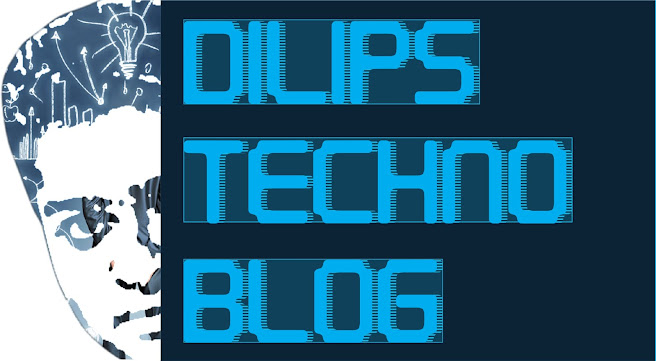Researchers at the University of Twente and the
Eindhoven University of Technology have come up with what they claim is
an unprecedentedly secure way
to authenticate credit cards, IDs, biometrics, and parties involved in quantum cryptography.
The method -- quantum-secure authentication of optical keys --
basically consists of sending a beam of light at cards treated with a
special paint and using the reflection as the authentication mechanism.
It employes coherent states of light with a low mean photon number --
loosely speaking, that means there's lots of space for the photons to
bounce around in.
Photons can be in more than one place at a time, so when the cards
reflect the beam, there will be more dots of light sent back than there
are photons, and attackers won't have enough data to measure the entire
pattern.
The solution is easy to implement with current technology, and it
does not depend on the secrecy of any stored data, the researchers
claim.
However, "we've left in place unsecure magnetic card readers a decade
or more after we knew they weren't secure enough," observed Rob
Enderle, principal analyst at the
Enderle Group.
That behavior "could limit adoption of any new, more secure technology for cards," he told TechNewsWorld.
Details on the Research
The researchers used cards coated with a layer of white paint containing
millions of nanoparticles that bounce incoming light particles between
them until the light escapes.
They also used two spatial light modulators, a pinhole and a photon
detector. One SLM transformed incoming light into the desired challenge
wavefront and sent it to the card. The corresponding reflected response
and the challenge were stored in a database.
Each challenge-response pair currently requires 20 KB of memory; the 50-MB database holds 2,500 pairs.
Every superposition of challenge-response pairs itself is a challenge-response pair, adding a further layer of security.
The second SLM added light reflected back from the cards to the
conjugate phase pattern of the expected response wavefront only if the
response was correct.
The correct responses were then sent to a lens behind the second SLM
that focused them onto a photon detector to authenticate them.
Technical Details of the System
The challenges in this system are high-spatial-dimension states of light
with few photons and the response is a bunch of light dots in a
speckled pattern. The pattern created depends on the challenge and the
positions of the paint particles.
Each challenge in the experiment was described by a 50 x 50 binary
matrix, with each element corresponding to a phase of either 0 or Pi.
"We needed to make the illumination pattern complex enough to make
sure that the number of photons is lower than the number of pixels in
the image," research leader Pepijn Pinske, Ph.D., told TechNewsWorld.
The first SLM transforms an incoming plane wavefront into a challenge
wavefront selected at random from the database. Since the challenge is
dynamically created and exists only after the transformation, it cannot
be intercepted.
The response is recorded in a phase-sensitive way.
The light source used in the research was an attenuated laser beam
chopped into 500 ns light pulses each containing 230 plus or minus 40
photons.
The database contains 2,500 challenge-response pairs because "the
diffraction limit sets an upper limit to the number of separate spots
you can write on a small surface," Pinske said. "2,500 is about the
maximum for the chosen area."
Pluses and Minuses of the System
The challenge-response database could be hacked, but "the keys would not
be in a form that could be digitally reproduced and therefore [would
be] virtually useless to the attacker," Adam Kujawa, head of Malware
Intelligence at
Malwarebytes, told TechNewsWorld.
"There are simply too many particles which are too small that need to
be positioned with too high accuracy [to let anyone make a physical
copy of the database]," Pinske said.
Further, hackers can't cycle through the challenge-response pairs and
return the appropriate response because the security doesn't exist
within the challenge response but in the light photons of the key,
Kujawa said.
"The verifier picks a random challenge light pattern which cannot be
read out since there aren't enough photons in it to measure the
pattern," Pinske explained. That, combined with the technological
impossibility of copying the database, makes the system secure.
"I'm concerned that the output could change depending on
environmental conditions or just over the life of the electronics,"
commented Jim McGregor, principal analyst at
Tirias Research.
Nothing's Impossible
The system could be broken by using a passive linear optical system that
automatically transforms any challenge into the correct response,
Pinske said. "That is very close to making a physical copy of the key."
QSA will not solve all a user's security needs, he cautioned. "In the
end, an unclonable key can be stolen, and we offer no solution to
that."
Still, "we do improve one aspect in a very fundamental way: the
physical key," Pinske pointed out. "That is already quite a feat."
Security "must be done in layers, because different [types of data]
require different levels of security and because you have limitations in
memory, performance, bandwidth and power at different levels in the
value chain," McGregor told TechNewsWorld.
Possible Uses for the QSA
Coupling QSA with biometrics "would add significantly to the difficulty"
of using stolen cards, and geolocation tracking would invalidate it if
it were used by a thief in a location away from the legitimate
cardholder, Enderle suggested.
"Apple could adopt this technology, which is well beyond that
currently in use, but I would expect the cost to be prohibitive," he
mused. It would probably show up in big pharmaceutical firms and in
government or military installations "where security funding is
generally greater."
QSA also could be used to authenticate paintings, Pinske said, and
"we are even wondering if the scattering [of light] from teeth could be
used as a kind of biometric version of QSA."


